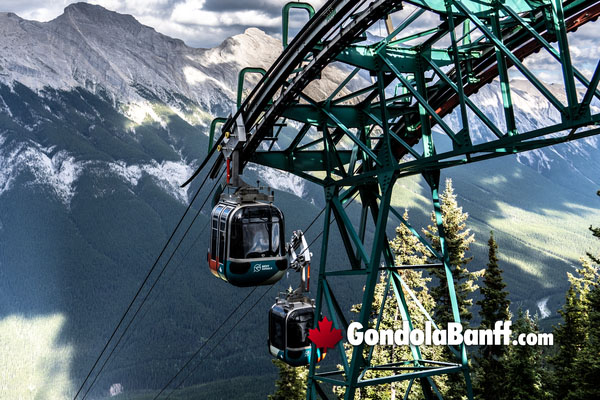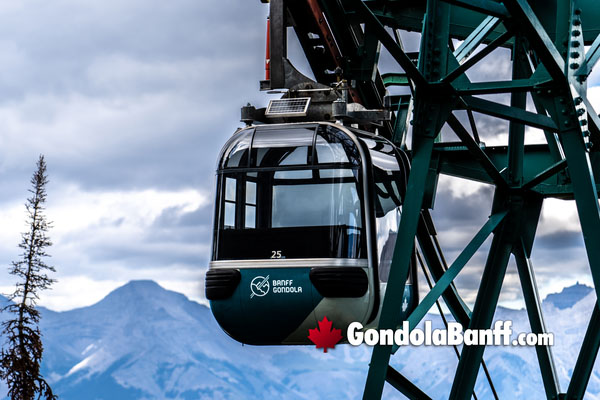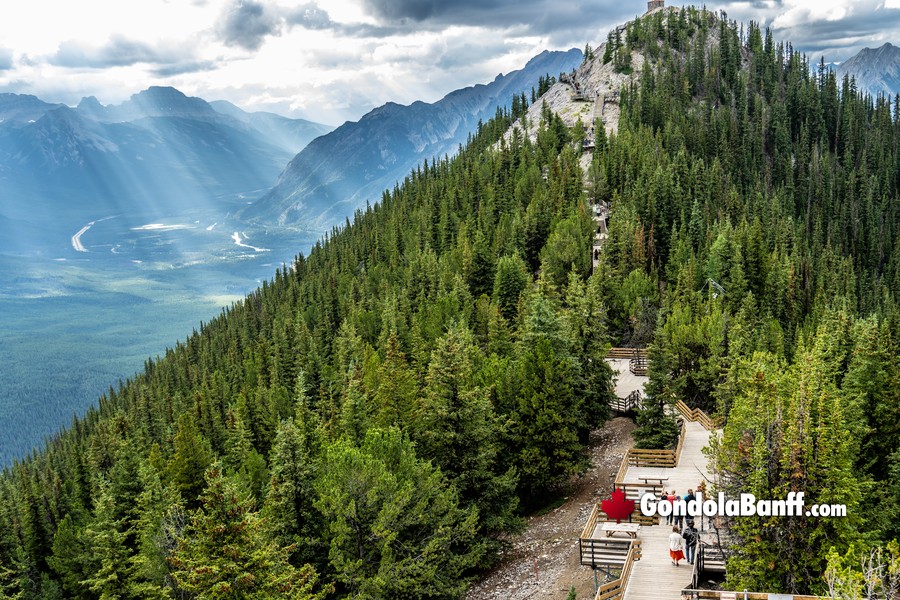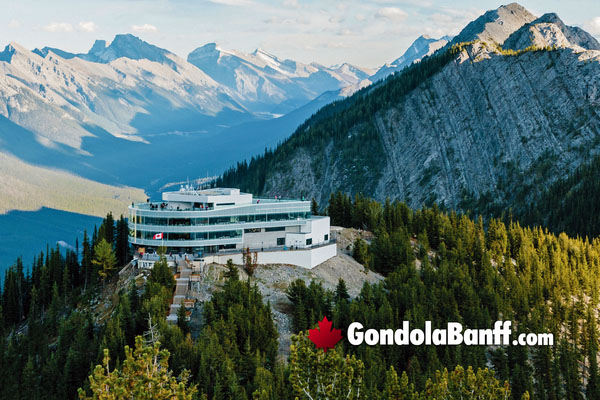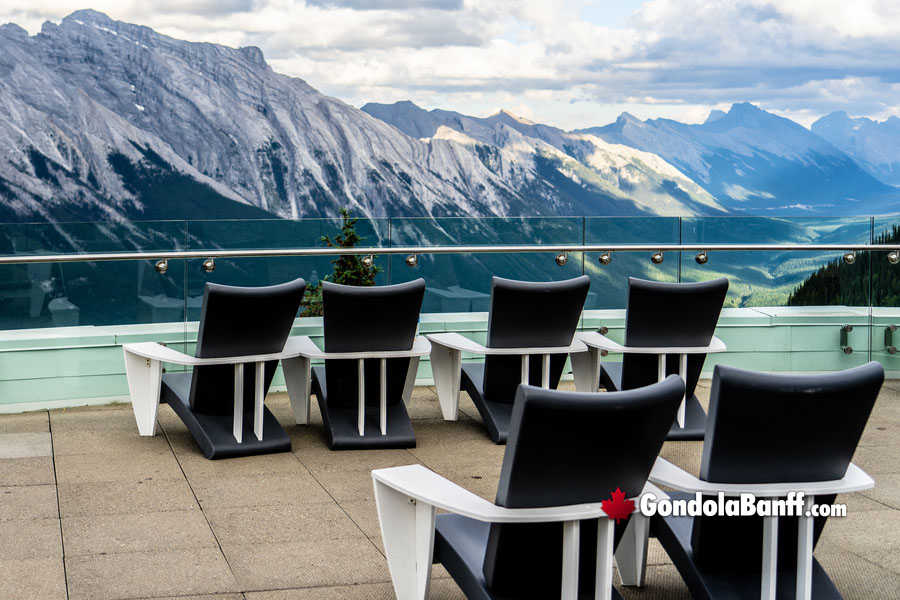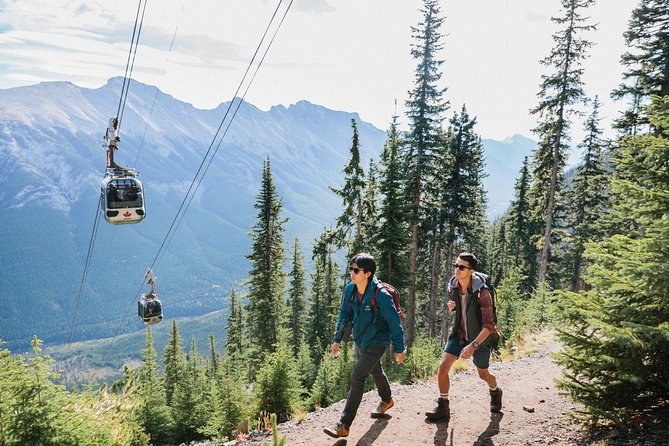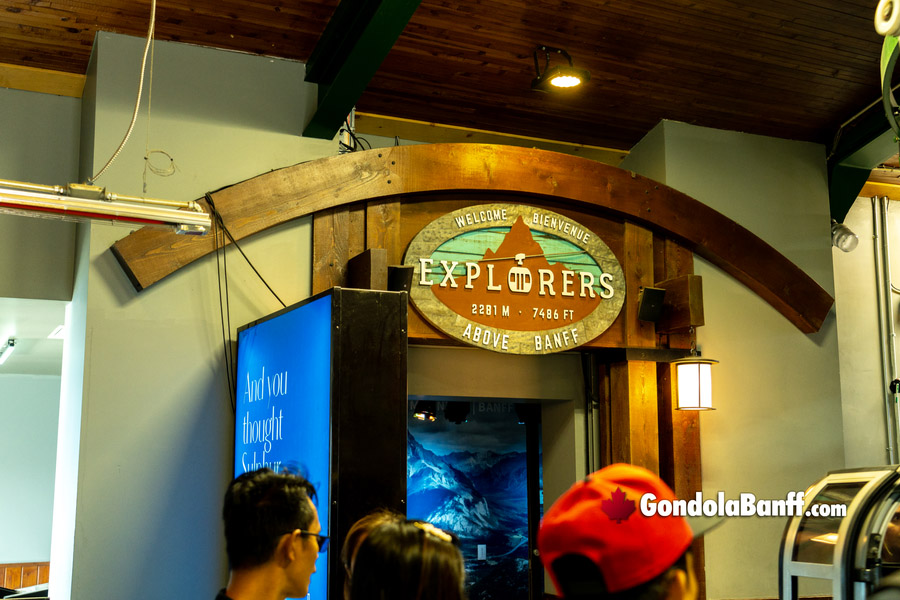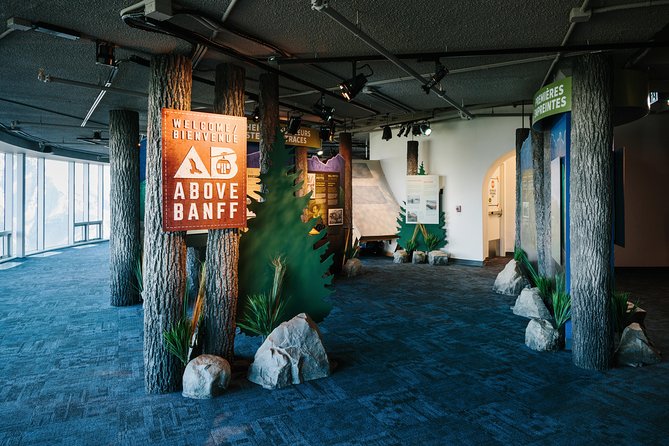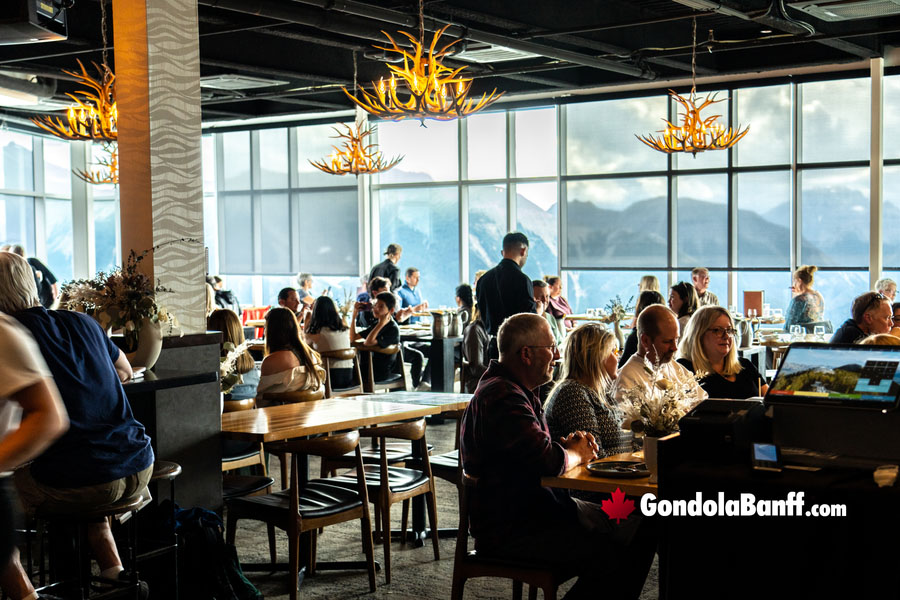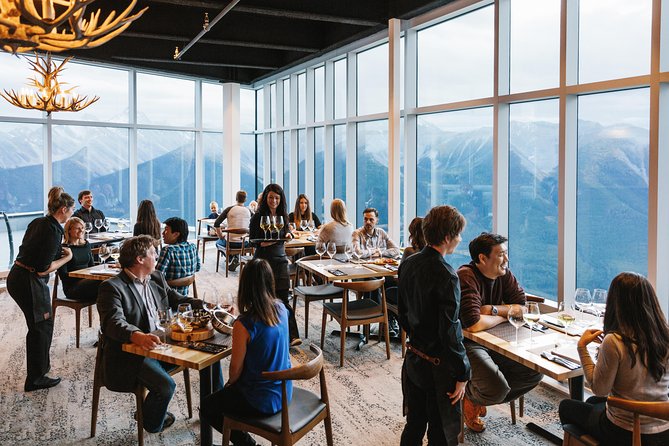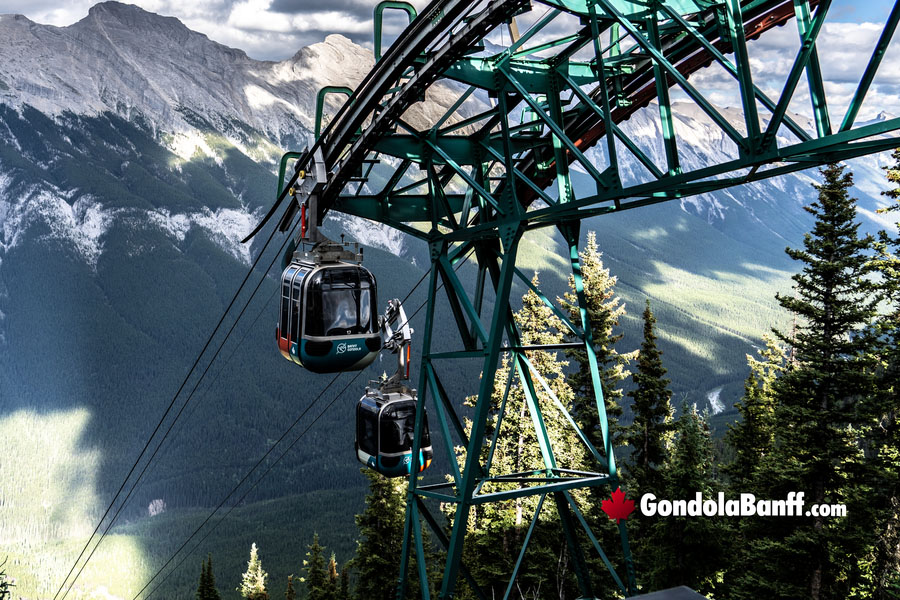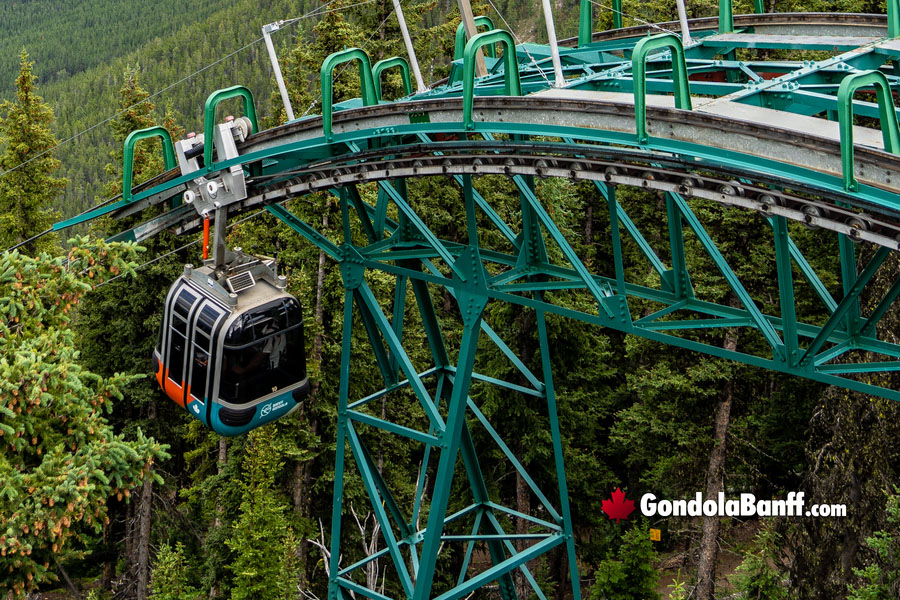 2200 foot climb with 2-4 seat gondola cabins is a must do on any bucket list.
2200 foot climb with 2-4 seat gondola cabins is a must do on any bucket list.
Kerry Komadina, November 2025
The 2200 foot climb with 2-4 seat gondola cabins is a must do on any bucket list. There are 3 restaurants at the top. A cafe with plenty of eats and bevies, a buffet style restaurant with an amazing aray of food items and desserts, and the Sky Bistro. The reward at the top are the stunning mountain views. I encourage you to take the boardwalk to the peak. Dress appropriately and proper footwear suggested.
 The Banff Gondola is absolutely worth the ride!
The Banff Gondola is absolutely worth the ride!
Vishaka, November 2025
The Banff Gondola is absolutely worth the ride. The views as you ascend Sulphur Mountain are breathtaking, and once at the top, the panorama of Banff, the Bow Valley, and surrounding peaks is unforgettable. The boardwalk along the ridge is easy and offers different vantage points-every few steps feels like a new postcard shot.
The visitor center at the summit is modern and well designed, with interactive exhibits, a rooftop observation deck, and a cafe/restaurant where you can sit and take in the scenery. It's family-friendly, and you can spend anywhere from an hour to half a day exploring, depending on how much walking you want to do.
If possible, go at sunset-the colors over the mountains are magical. The gondola is a bit pricey, but the experience and views make it worthwhile.
 On the fourth floor, there is an observatory deck which you can sit out, and there was fireplace that you can stand around when it's cold.
On the fourth floor, there is an observatory deck which you can sit out, and there was fireplace that you can stand around when it's cold.
Michael Yeo, November 2025
What a magnificent view and experience when you get up there. We went there when it was snowing so it was wet. Might want to bring a pancho in case it t snow or rains. We bought ticket online and printed out our ticket. We also bought a package for dinner at the Sky Bistro as well highly recommend it. We were here in early November and it was not a lot of people at all. We drove up to their parking area. There are 2 parking area. You will need to pay for the national park pass to park there.
You can also take a bus from the city.
The gondola ride is pretty easy. Seats 4 per gondola. Before you get to the gondola, you will go through a line and they will take a picture for souvenirs. It is the same as when you come down from the mountain. Trying to sell you the experience. When you get up to the top, there is a four story building with exhibits. There is a theater as well. They only complain is I wish they would have documentary about the history of the mountains and the weather station.
The hike to the weather station is pretty easy. It is boardwalk all the way up and downstairs if you go during the snow, make sure to dress appropriately and have good shoes for traction. On the fourth floor, there is an observatory deck which you can sit out, and there was fireplace that you can stand around when it's cold.
There is a Starbucks and gift shop down at the valley where you start your gondola ride. I saw two restaurants and a coffee shop and a gift shop at the top of the mountain. Overall cleanliness of the building is very good.
All the staffs that works there are very friendly and nice and helpful. Highly recommend buying a promotional gondola ride and a restaurant experience at the Sky Bistro.
 Loved this! The gondola ride was great.
Loved this! The gondola ride was great.
Aakash Patel, November 2025
Loved this! The gondola ride was great. The view from the top is amazing! The actual trails at the top were closed when visited but there was still space and short trail to walk at the top to enjoy the view. There also an outdoor restaurant at the top. Small line to enter the gondola ride but moved quickly. The staff were also really friendly. Would recommend checking ticket prices online and if trails are open prior to going.
 Banff Gondola is pure magic - an experience that makes you feel on top of the world.
Banff Gondola is pure magic - an experience that makes you feel on top of the world.
Michelle Goes Global, November 2025
The Banff Gondola is pure magic - an experience that makes you feel on top of the world (literally). From the moment the gondola lifts off, you're rising above the trees, watching the valleys and peaks open up below you. The ride is smooth and surprisingly quick, but the views unfold like a movie - every angle more breathtaking than the last. At the top, you're standing at one of the highest accessible points in Canada, with panoramic views that truly make you feel small in the best way possible. Snow-capped peaks, endless forests, crisp mountain air - it's nature showing off.
Banff Gondola - a ride to the sky, and a memory you'll never forget.
